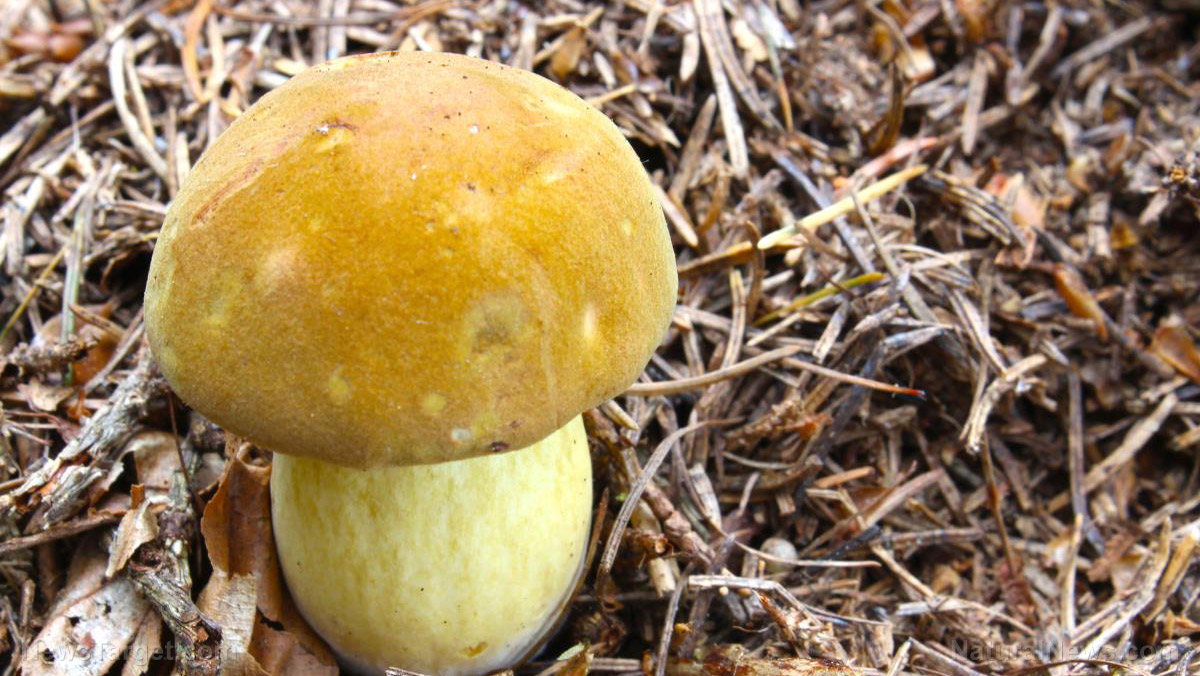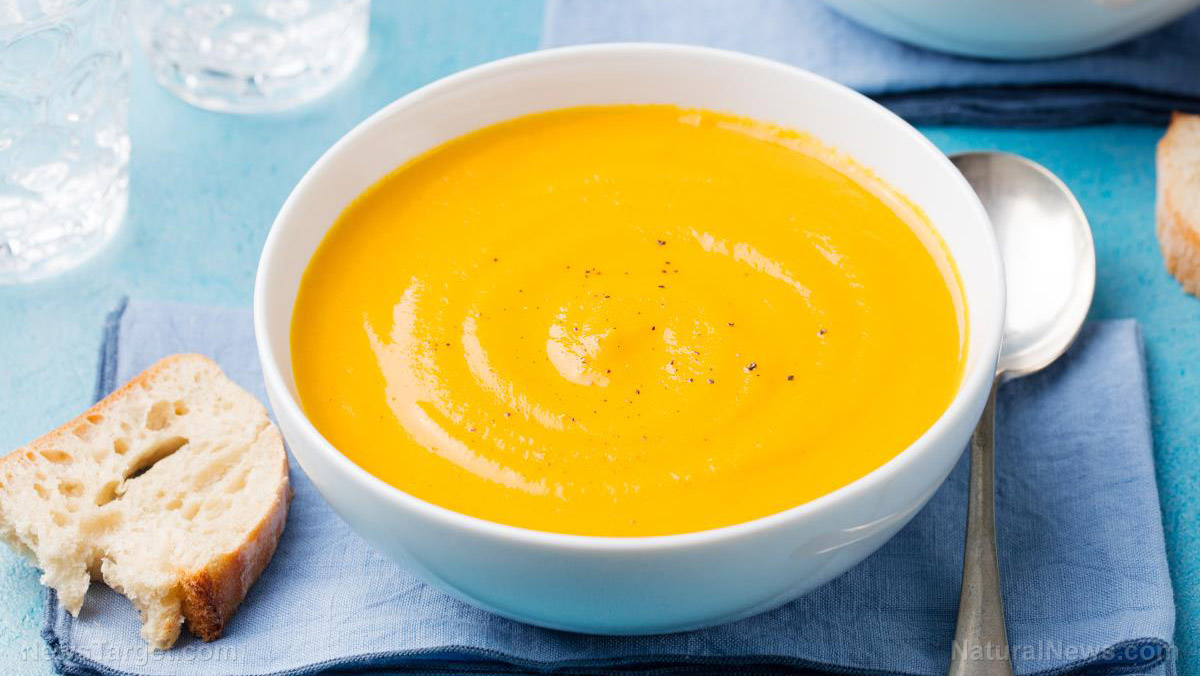
To arrive at this conclusion, researchers from The Ohio State University worked off the idea that the genes responsible for psilocybin weren’t passed through a biological lineage. After all, there are dozens of species of magic mushrooms but no single family. Instead, the psilocybin genes were most likely transmitted via horizontal gene transfer. This is the movement of genetic material from one species to another in lieu of parent to child. According to Jason Slot, lead study author and assistant professor of fungal evolutionary genomics at The Ohio State University, horizontal gene transfer usually occurs as a result of environmental stressors.
Slot and his colleagues sequenced the genomes of three different magic mushroom species to see if this was the case. They then compared these fungi to closely related mushroom species that didn’t induce hallucinations. The researchers uncovered a cluster of five genes shared by the psychedelic mushrooms. According to Slot, these genes seem to have been transferred in an environment replete with animal dung and rotting wood. Mushrooms thrive in these conditions, but so do insects that eat mushrooms.
"We speculate that mushrooms evolved to be hallucinogenic because it lowered the chances of the fungi getting eaten by insects," Slot explained.
Rather than causing hallucinations like in humans, psilocybin interferes with a neurotransmitter in the minds of insects, such as flies, that suppresses their appetites. "The psilocybin probably doesn't just poison predators or taste bad. These mushrooms are altering the insects' 'mind' — if they have minds — to meet their own needs," Slot stated.
Though far from simply explaining the natural purposes of psilocybin, the team believes that their findings could have greater applications. Psilocybin is a subject of great interest among researchers involved in the treatment if mental disorders. In fact, some of these researchers are in the process of evaluating the efficacy of psychedelic mushrooms in remedying addiction, anxiety, and depression. Several cases of these disorders have exhibited a resistance to conventional treatments, making it all the more necessary to seek out alternative medical regimens.
"This work could guide medical science by pointing researchers in the direction of other molecules that could be used to treat disorders of the brain," Slot added. But with the slew of strict drug laws hampering the progression of these studies, it may be a long time coming before tangible comes out of these studies. (Related: Medical scientists stunned as “magic mushroom” treatment found to heal mental illness… yet it remains illegal.)
Fast facts on magic mushrooms
- There are over 180 different species of mushrooms that produce psilocybin.
- These mushrooms can be found on almost every continent, save for Antarctica.
- One theory states that Santa Claus may have been inspired by Siberian shamans gifting people with fly agaric (Amanita muscaria). These shamans, who dressed in red and white to look like fly agaric, were said to have distributed the mushrooms by entering people's’ homes through the roof. Deep snow would have made it impossible to pass through the front door.
- Psilocybe mexicana, a mushroom found in Central America, is believed to have had a cult formed around it. This assumption is based off the presence of mural frescoes and “mushroom stones” depicting this fungus.
If you’d like to read up on the more studies that cover plant-based remedies, simply go to NaturalMedicine.news today.
Sources include:
Please contact us for more information.






















